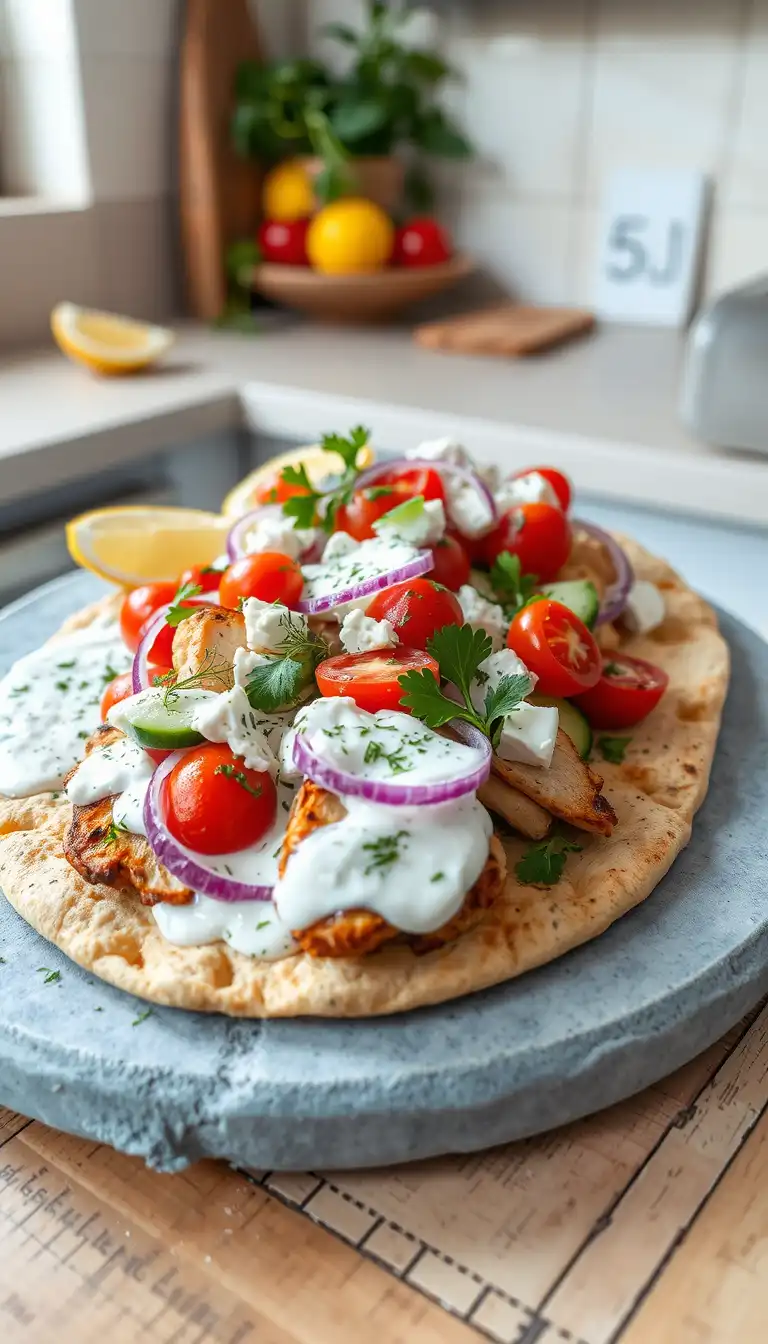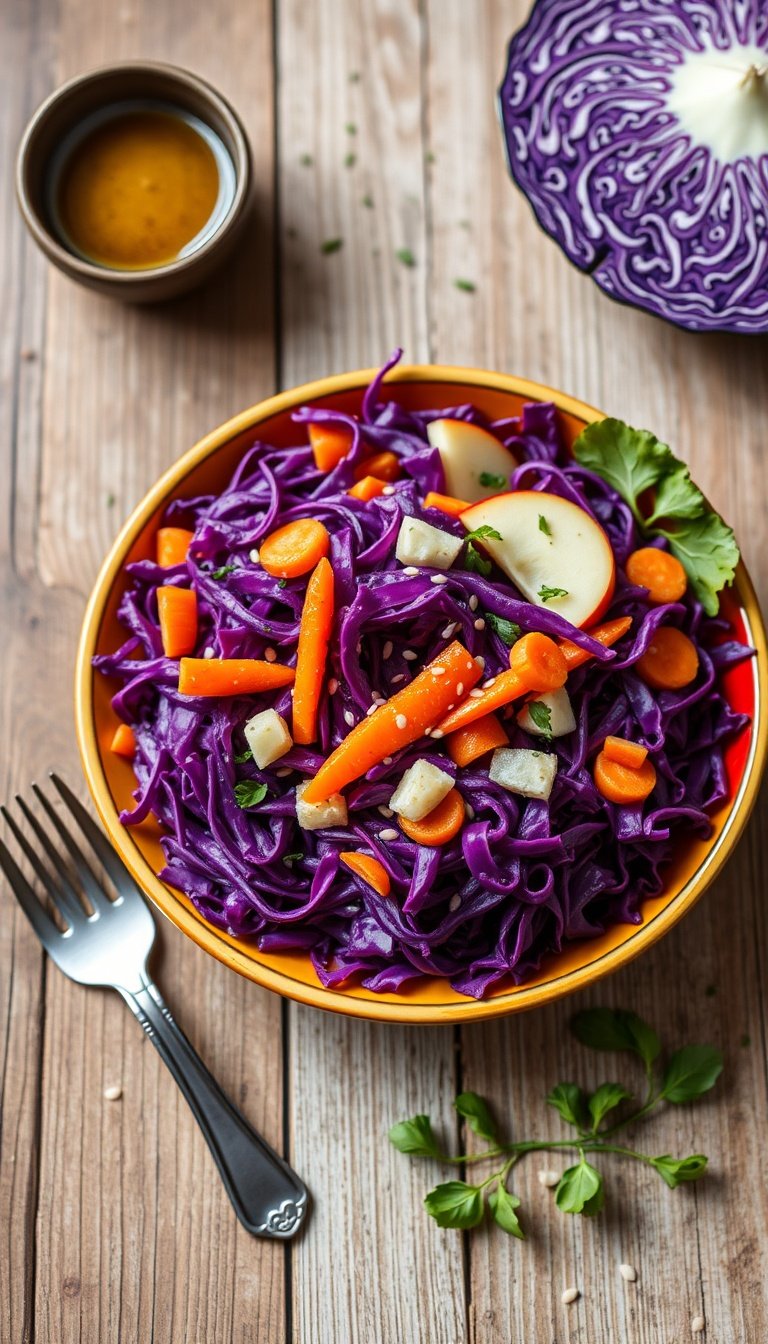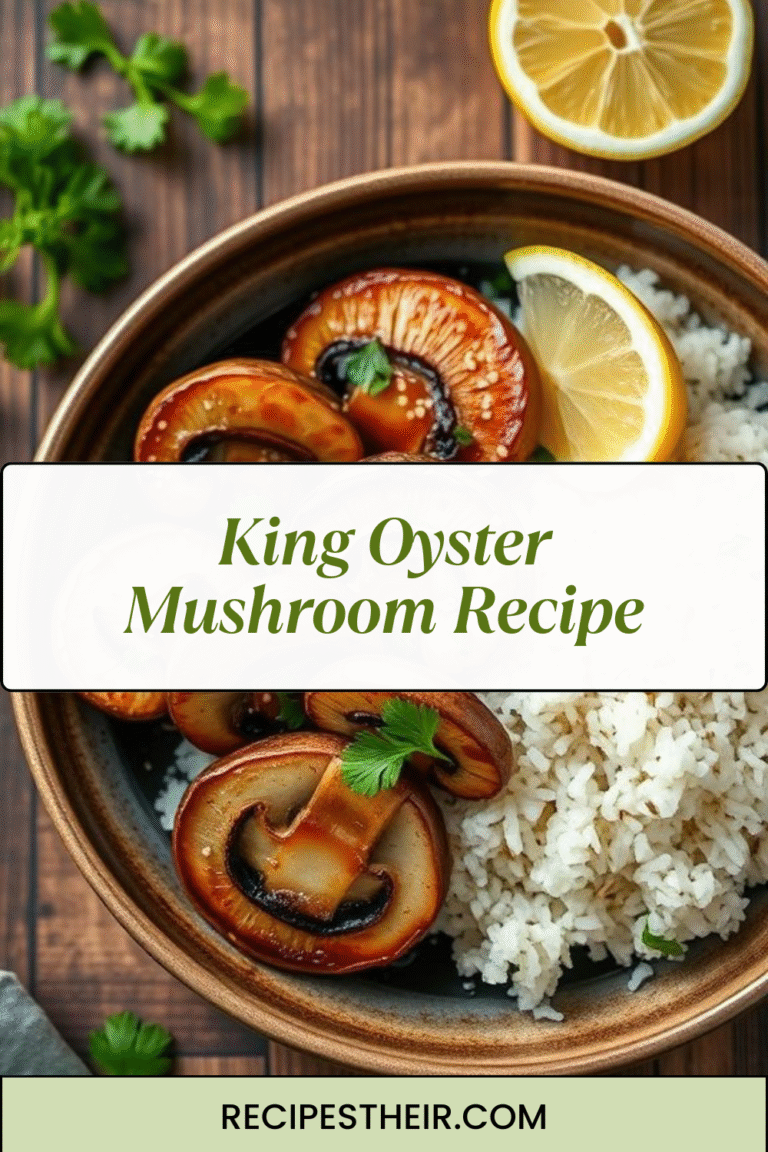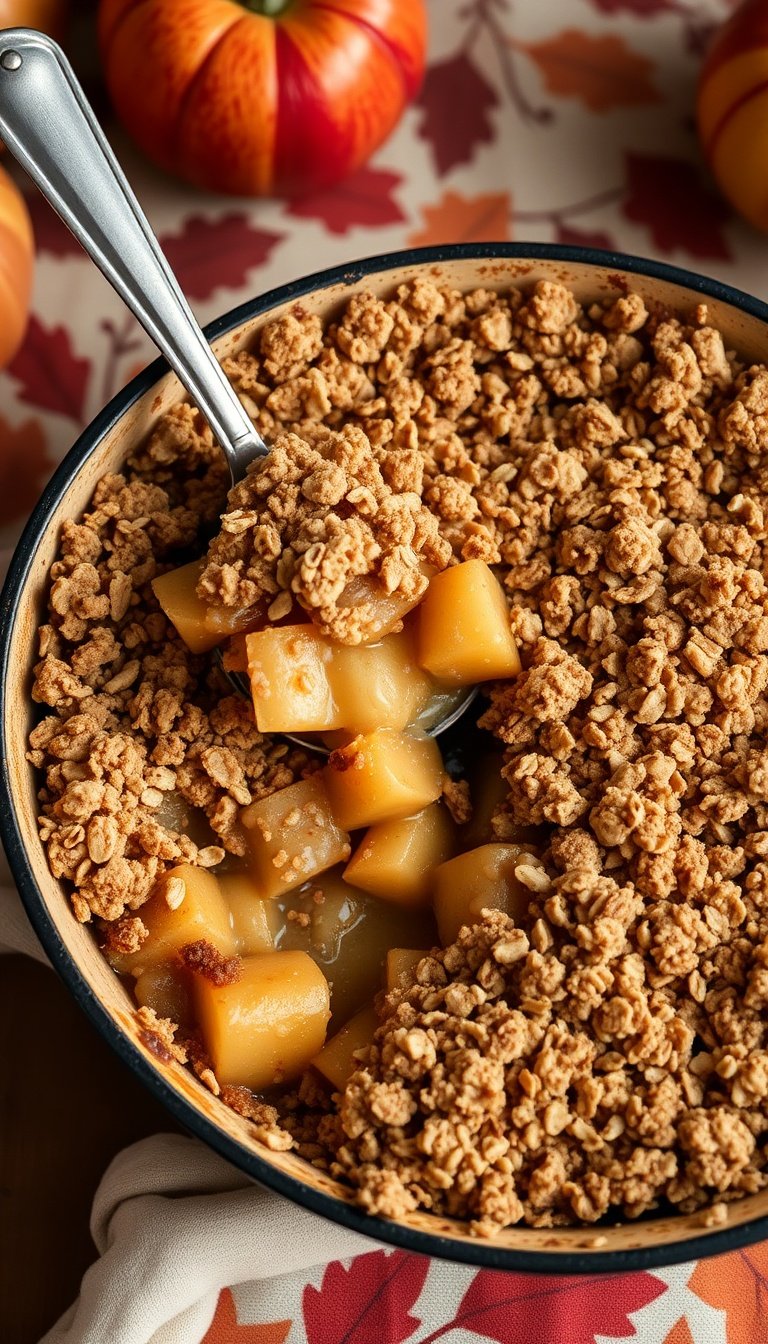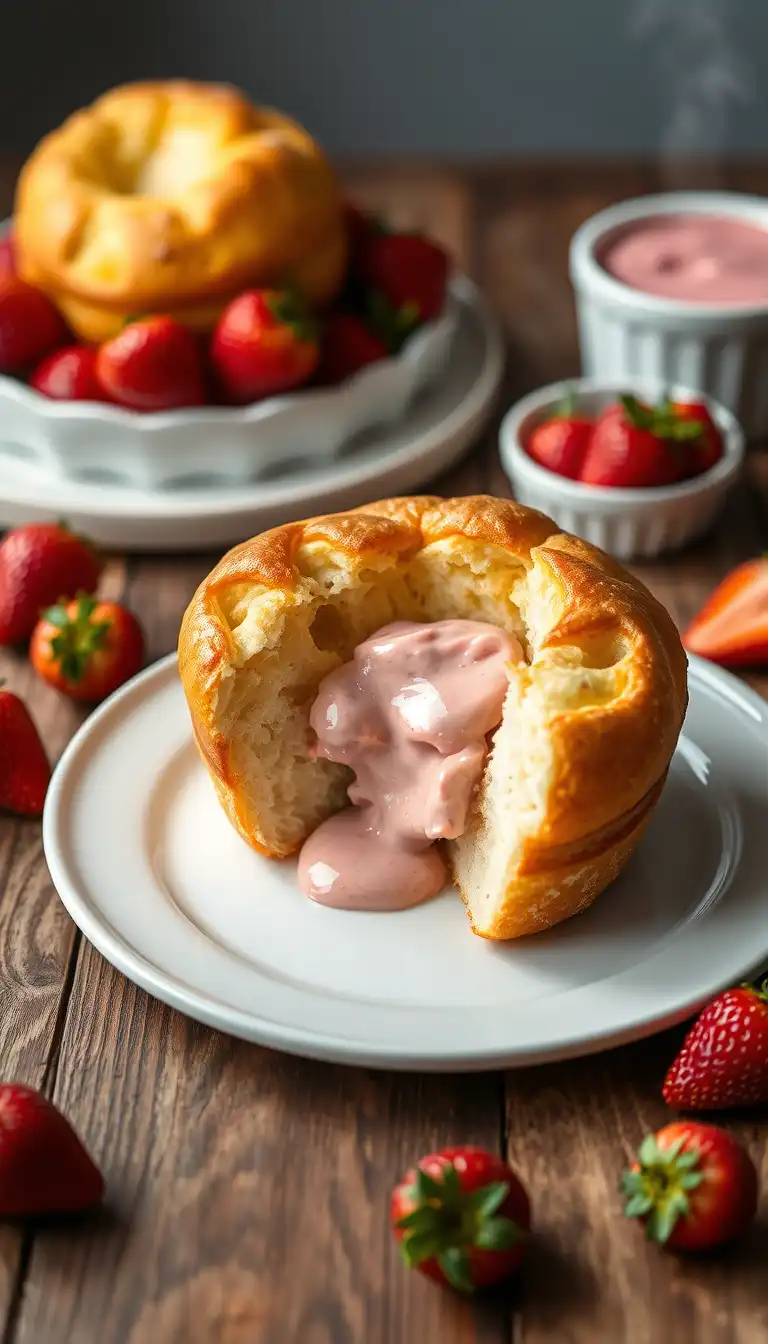Roasting a turkey is a time-honored tradition during the holidays, but if you’ve ever bought a whole bird from the grocery store, you’ve probably noticed that little plastic piece holding the legs together. That’s called a plastic leg holder or sometimes a hock lock. If you’re wondering, “Can you cook a turkey with the plastic leg holder?” — you’re not alone!
Let’s dive into everything you need to know about that little plastic contraption, whether it’s safe to cook with it, and how it impacts your turkey-roasting game. We’ll also walk through turkey prep tips, safety guidelines, and a classic oven-roasted turkey recipe for your next holiday feast.

What Is the Plastic Leg Holder on a Turkey?
The plastic piece holding the turkey legs together is commonly known as a hock lock. It’s usually made from heat-resistant nylon and is designed to keep the legs tucked in place during processing and packaging. This keeps the bird compact, helps it cook more evenly, and makes it easier to handle.
Not all turkeys have them — some come with the legs tied together with twine, while others are left loose.
Can You Cook a Turkey With the Plastic Leg Holder?

Yes, in most cases, you can cook a turkey with the plastic leg holder in place — but there are a few things to consider.
1. Is the Plastic Oven-Safe?
Most store-bought turkeys use food-grade, oven-safe nylon for the leg holder. These are designed to withstand temperatures up to 500°F (260°C), which is well above the standard roasting temperature (typically around 325°F–375°F).
That said, it’s always best to check the packaging or the brand’s website to confirm. If it doesn’t clearly state that the plastic is heat-resistant or safe to cook with, it’s safest to remove it before roasting.
2. Why Some People Prefer to Remove It Anyway
Even if it’s oven-safe, some cooks prefer to remove the plastic leg holder for a few reasons:
- Better Air Circulation: Removing it allows the legs to spread out, which can promote more even cooking.
- Crispier Skin: Tucked-in legs may not crisp up as nicely.
- Easier Seasoning: You can season the inside of the thighs and cavity more effectively when the legs are loose.
3. When to Definitely Remove It
Remove the plastic leg holder if:
- It appears to be melting or warping.
- It smells like burning plastic.
- You’re deep frying the turkey (plastic and hot oil do NOT mix!).
How to Safely Remove the Plastic Leg Holder

If you decide to remove it, here’s how to do it:
- Thaw the turkey completely before handling.
- Use clean kitchen shears or a sharp knife to gently snip or pry off the holder.
- Be careful not to tear the skin or puncture the meat.
- Once removed, tie the legs together with butcher’s twine if you still want that traditional trussed look.
Should You Truss a Turkey at All?
Trussing (tying the legs together) isn’t strictly necessary, but it helps:
- Prevent the legs from drying out.
- Keep the stuffing (if using) neatly inside.
- Give the turkey a more compact, uniform shape.
If you don’t have butcher’s twine, you can make your own with:
- Unwaxed dental floss
- Clean cotton string
Classic Oven-Roasted Turkey Recipe (With or Without the Plastic Leg Holder)

Whether you leave the plastic holder in place or take it out and truss the legs yourself, this easy recipe will give you a perfectly golden, juicy turkey.
🦃 Ingredients:
- 1 whole turkey (12–14 lbs), thawed
- 1/2 cup unsalted butter, softened
- 2 tsp kosher salt
- 1 tsp black pepper
- 1 tbsp garlic powder
- 1 tbsp onion powder
- 2 tsp paprika (optional, for color)
- 1 lemon, halved
- 1 head of garlic, halved
- 4 sprigs of fresh rosemary
- 4 sprigs of fresh thyme
- 1 large onion, quartered
- 2 cups chicken or turkey broth
🧑🍳 Instructions:
- Preheat oven to 325°F (163°C).
- Remove giblets and neck from inside the turkey. Pat the turkey dry with paper towels.
- If removing the plastic leg holder, do so now and tie the legs with twine.
- Rub the entire turkey with the softened butter, including under the skin if possible.
- Sprinkle salt, pepper, garlic powder, onion powder, and paprika all over the bird.
- Stuff the cavity with lemon, garlic, rosemary, thyme, and onion.
- Place the turkey breast-side up on a rack in a large roasting pan.
- Add broth to the bottom of the pan to keep the meat moist.
- Cover loosely with foil and roast for about 15 minutes per pound. For a 12-lb turkey, that’s roughly 3 hours.
- Remove foil for the last 30–45 minutes to brown the skin.
- Use a meat thermometer to check the internal temperature:
- 165°F (74°C) in the thickest part of the breast
- 175°F (80°C) in the thigh
- Let the turkey rest for 20–30 minutes before carving.
Frequently Asked Questions
❓ Can You Cook a Turkey With the Plastic Giblet Bag Inside?
No! Unlike the leg holder, the giblet bag (often made of plastic or paper) should always be removed before cooking. Leaving it in can melt the plastic, release toxins, or ruin the flavor of your turkey.
❓ What Happens if the Plastic Holder Melts?
If you accidentally cook your turkey with a plastic holder that’s not oven-safe and it melts, the turkey may be unsafe to eat — especially if the plastic touched the meat. Always inspect it before serving.
❓ Can You Cook a Stuffed Turkey With the Leg Holder On?
You can, but be cautious:
- Stuffing inside the turkey must reach 165°F (74°C).
- The legs being tucked tightly can delay even heating.
- Consider cooking the stuffing separately for better food safety.
Final Thoughts: Can You Cook a Turkey With the Plastic Leg Holder?
The short answer is yes, you can cook a turkey with the plastic leg holder on — as long as it’s oven-safe nylon. Most modern turkeys come with heat-resistant plastic that won’t melt at typical cooking temps. But if you’re unsure, it’s best to play it safe and snip it off.
Whether you leave it or lose it, the most important part of turkey prep is ensuring safe cooking temperatures and making your bird flavorful, juicy, and golden brown.
Happy cooking — and even happier feasting!

Can You Cook a Turkey With The Plastic Leg Holder
Ingredients
- 1 whole turkey (12–14 lbs), thawed
- 1/2 cup unsalted butter, softened
- 2 kosher salt
- 1 black pepper
- 1 Garlic powder
- 1 onion powder
- 2 paprika (optional, for color)
- 1 lemon, halved
- 1 head of garlic, halved
- 4 sprigs of fresh rosemary
- 4 sprigs of fresh thyme
- 1 large onion, quartered
- 2 cups chicken or turkey broth
Instructions
- Preheat oven to 325°F (163°C).
- Remove giblets and neck from inside the turkey. Pat turkey dry with paper towels.
- If removing the plastic leg holder, do so now and tie legs with twine.
- Rub the entire turkey with the softened butter, including under the skin if possible.
- Sprinkle salt, pepper, garlic powder, onion powder, and paprika all over the bird.
- Stuff the cavity with lemon, garlic, rosemary, thyme, and onion.
- Place the turkey breast-side up on a rack in a large roasting pan.
- Add broth to the bottom of the pan to keep the meat moist.
- Cover loosely with foil and roast for about 15 minutes per pound. For a 12-lb turkey, that’s roughly 3 hours.
- Remove foil for the last 30–45 minutes to brown the skin.
- Use a meat thermometer to check the internal temperature:
- 165°F (74°C) in the thickest part of the breast
- 175°F (80°C) in the thigh
- Let the turkey rest for 20–30 minutes before carving.
Notes
- Thaw the turkey completely before handling.
- Use clean kitchen shears or a sharp knife to gently snip or pry off the holder.
- Be careful not to tear the skin or puncture the meat.
- Once removed, tie the legs together with butcher’s twine if you still want that traditional trussed look.

